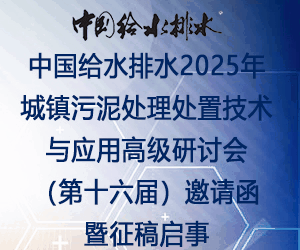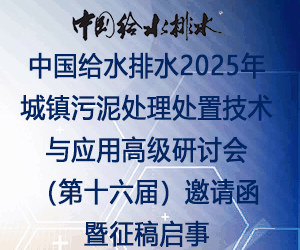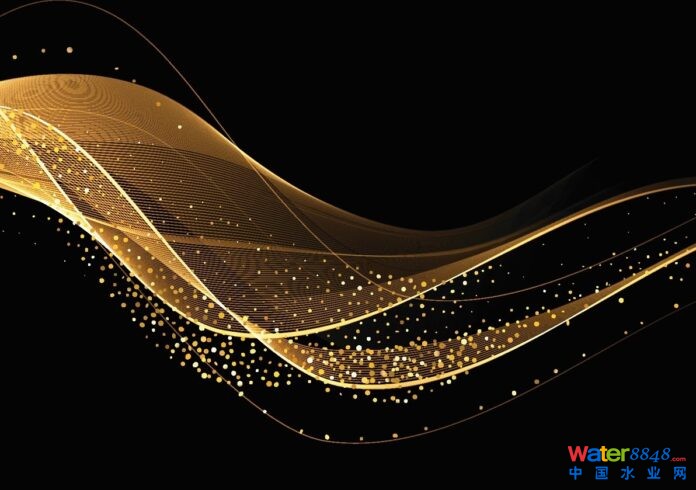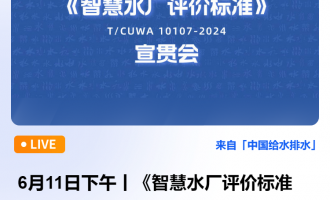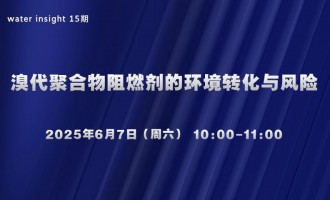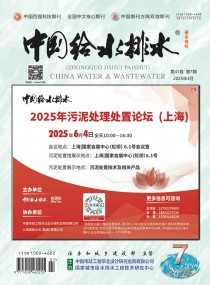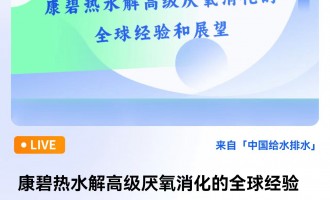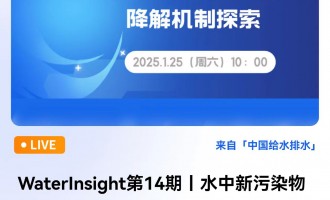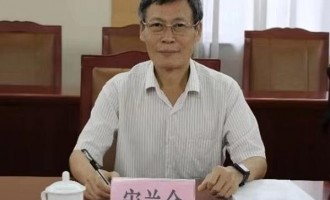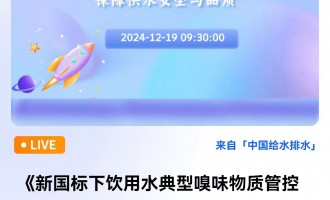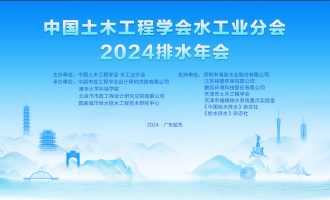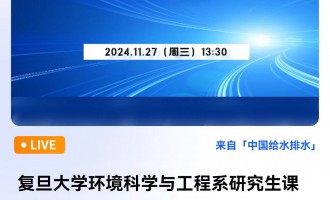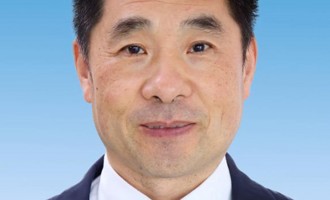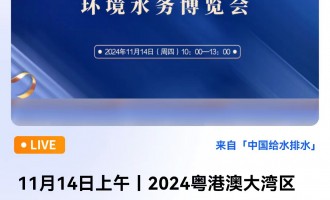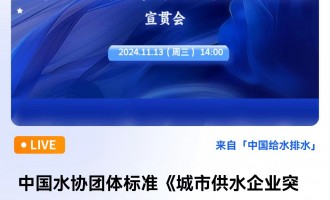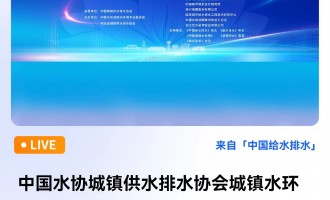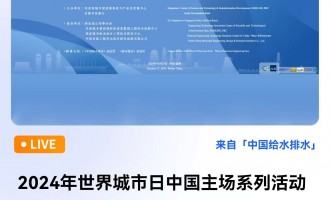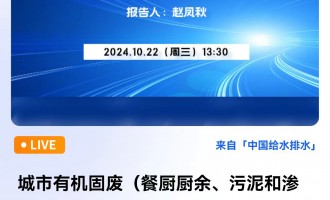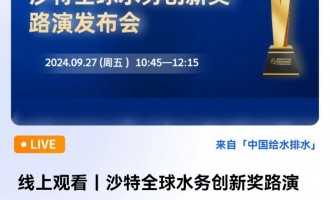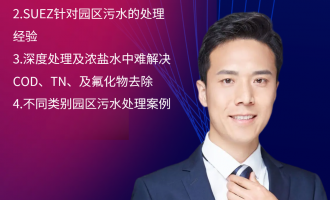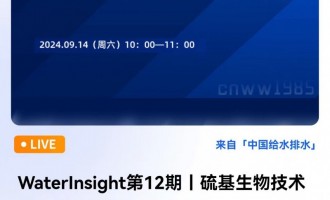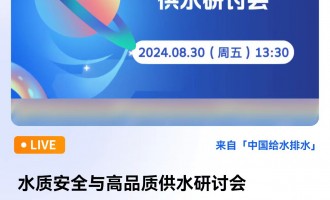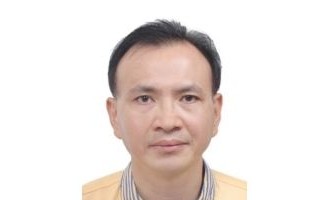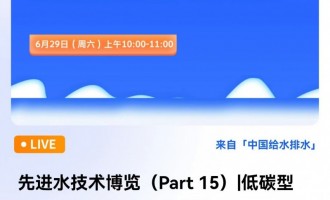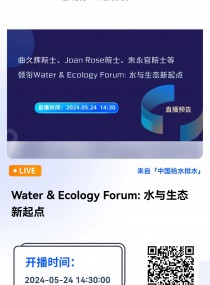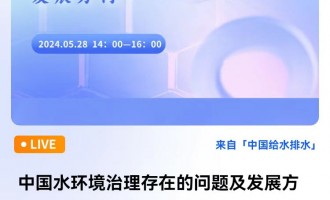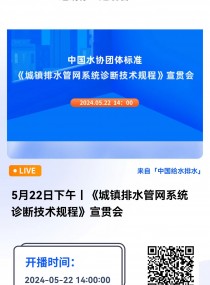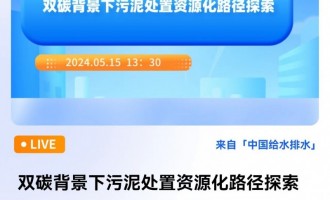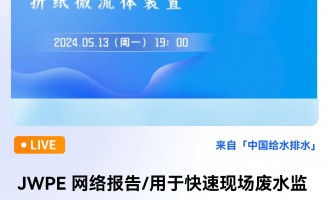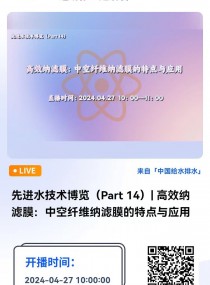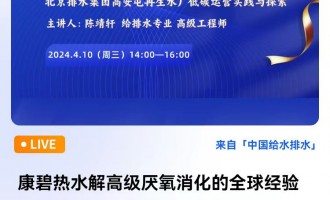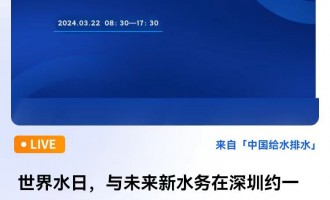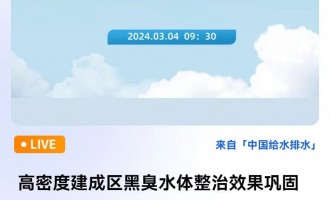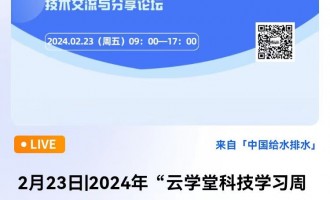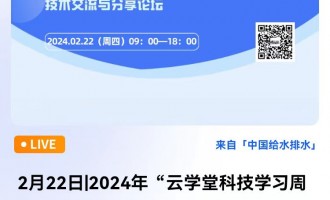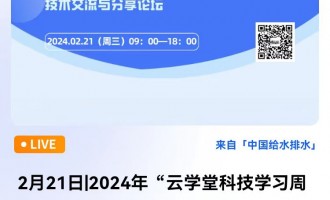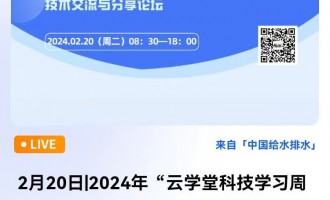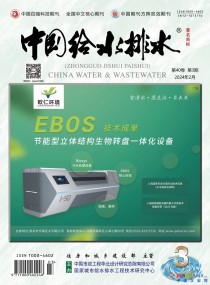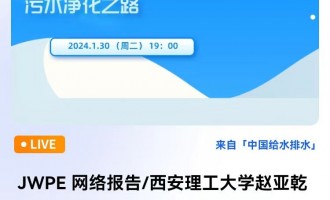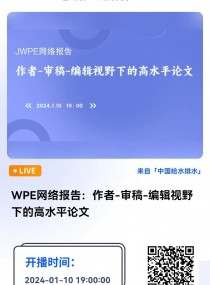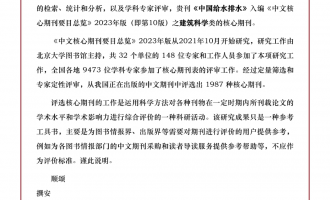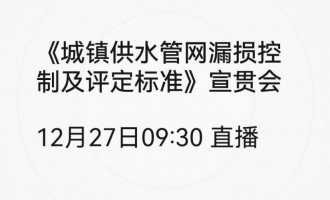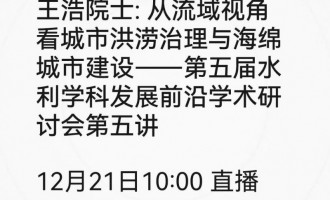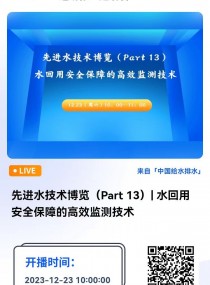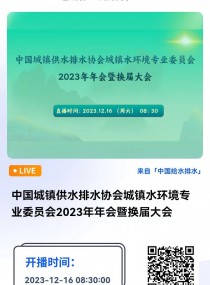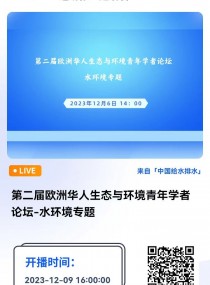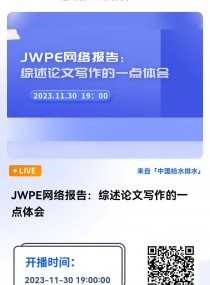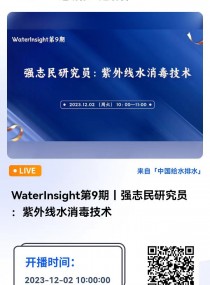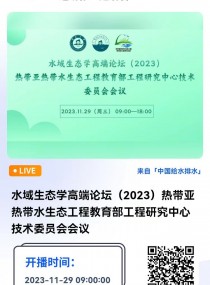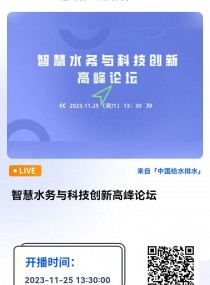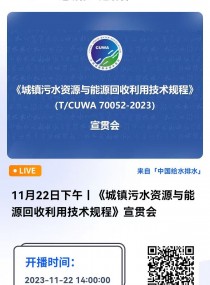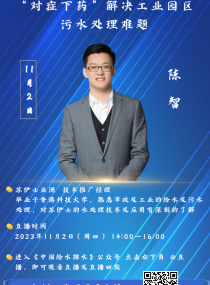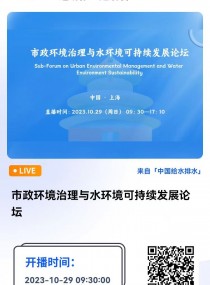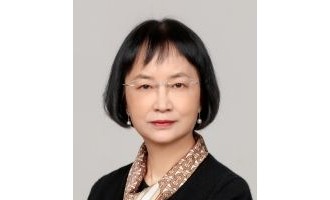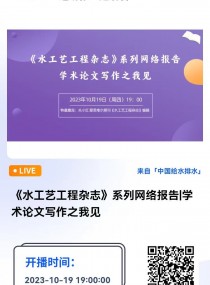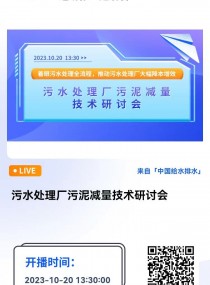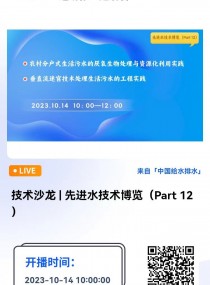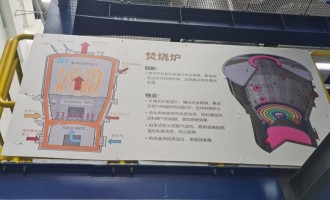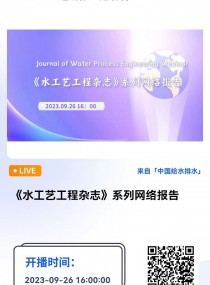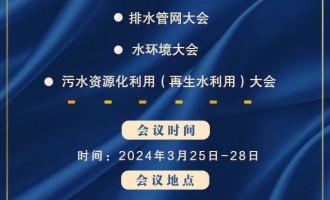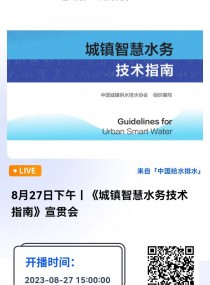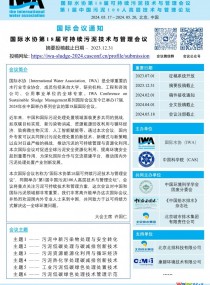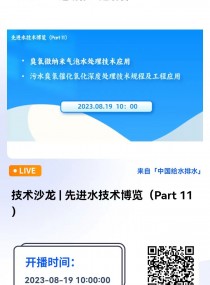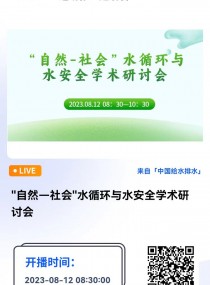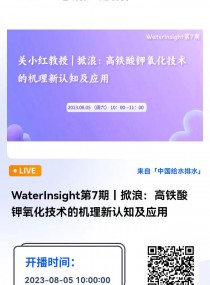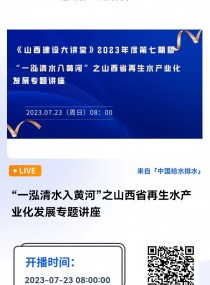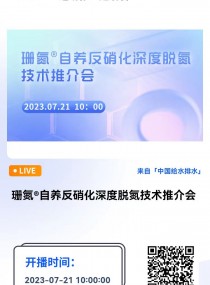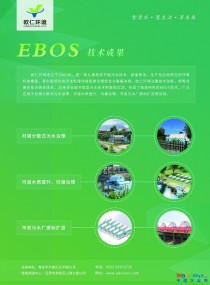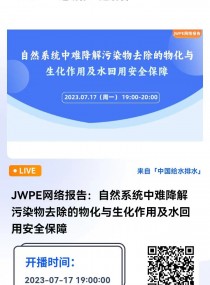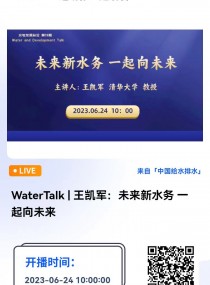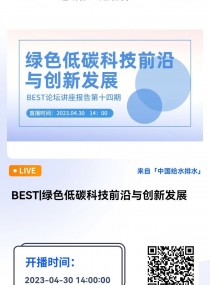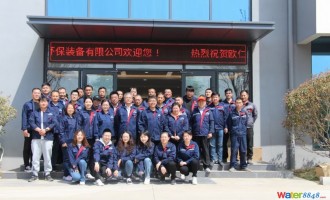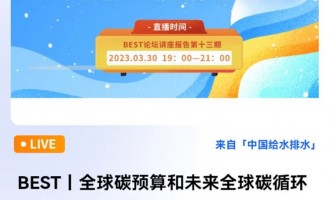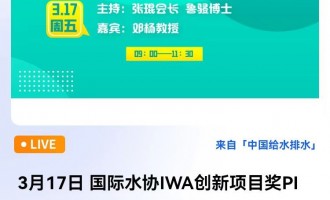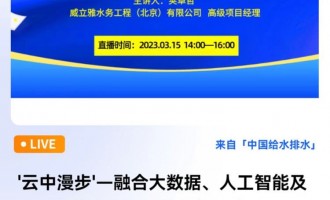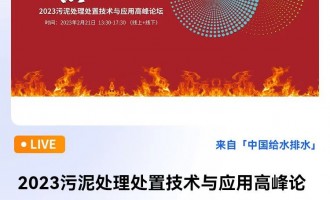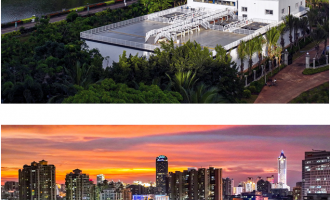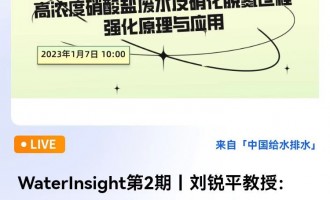Nikolay Voutchkov, who heads a world-leading innovation centre that is breaking new boundaries in desalination, spoke at last year’s IWA LET conference. With the 2024 edition of the event coming up, he explains how the latest developments are moving the technology towards circular principles to achieve a target of zero liquid discharge that embraces renewable energy and resource recovery.
Most desalination plants are used to drought-proof water supplies for the world’s arid urban coastal municipalities. Approximately 44% of global desalination capacity is found in the Middle East. With mega-projects of sizes reaching between 400,000 and one million m3/day, plants in the region have yielded the highest growth of new desalination projects over the past 30 years.
The trend of accelerated growth of desalination capacity in the Middle East continues today. The ENOWA Water Innovation Center, currently being developed in NEOM, plans to be at the forefront of innovation in desalination and brine mining technologies. This region in north-west Saudi Arabia is born of Saudi Arabia’s Vision 2030 to develop future-proofed models of excellence in key areas, including renewable energy-driven production of desalinated and recycled water with zero liquid discharge (ZLD). Since the region’s official announcement in 2017 of its plans to design a living laboratory for the latest technologies, the team at NEOM has been attracting the brightest minds and working with partners who lead in their respective industries to drive development and full-scale implementation of environmentally and fiscally sustainable desalination technologies.
Worldwide production of freshwater by desalination through mid-July 2022 was 120 million m3/day. Approximately 74% of the existing 20,000 desalination plants currently in operation use membrane reverse osmosis (RO) technology for salt separation; 21% apply thermal evaporation; and 5% employ other salt separation technologies, such as electrodialysis and ion exchange to produce freshwater. By 2024, the total worldwide desalination plant capacity is projected to reach 150 million m3/day and to nearly double by 2030, exceeding 250 million m3/day.
While only around 5% of current water supply worldwide is produced by desalination, construction of new desalination plants is expected to more than double in the next decade. This can be attributed to the impact of climate change, increased demand because of population growth, limited availability of new, inexpensive terrestrial water sources, and advances in membrane technology that are projected to further reduce the cost and energy use of desalination.
The steady trend of reduction of energy and costs associated with desalination, coupled with increasingly stringent regulatory requirements that drive up the cost of conventional water treatment and water reuse, are expected to accelerate reliance on the ocean as an attractive and competitive water source. This trend is forecast to continue and to further establish ocean water desalination as a reliable, drought-proof alternative for many coastal communities worldwide in the next 15 years.
Innovation in the making
Over the past decade, seawater desalination has experienced accelerated growth, driven by advances in membrane technology and material science. Recent technological advancements – such as advanced pressure exchanger-based energy recovery systems, higher efficiency RO membranes, nanostructured RO membranes, innovative membrane vessel configurations, and high recovery RO systems – are projected to further decrease the energy and costs for seawater desalination, and become a backbone for disruptive decreases in the cost of freshwater produced by desalination of saline sources (i.e., seawater, brackish water and treated wastewater).
High recovery SWRO systems
A recent trend aimed at reducing the cost of freshwater production is the use of seawater reverse osmosis (SWRO) system configurations that increase the desalination plant’s overall recovery from a typical range of 40-50% to a range of 55-60%.
Based on full-scale testing of a high recovery system implemented recently, the energy used by the SWRO system for seawater salinities of 35,000 mg/l and 43,000 mg/l was 2.1 kWh/m3 and 2.9 kWh/m3, respectively. Such energy use is comparable with that of conventional SWRO systems with pressure exchangers operating SWRO system recovery, but with the key difference that the sustainable recovery of the high recovery system ranges from 10-20% more. Designing plant intake and pretreatment systems for such higher recoveries enables significant savings in capital and cost of water production for new plants, and can enhance freshwater production capacity in existing plants with relatively low capital investment.
“CONSTRUCTION OF NEW DESALINATION PLANTS IS EXPECTED TO MORE THAN DOUBLE IN THE NEXT DECADE”
Advanced membrane technologies and materials
A recent trend in the quest for lowering the energy use and freshwater production costs of desalination is the development of nanostructured (NST) RO membranes, which provide more efficient water transport compared with existing conventional thin film membrane elements. NST membranes are RO membranes that contain either individual straight-line nano-size channels (tubes/particles) embedded into the random thin film polymer matrix, or they can be made entirely of clustered nano-size channels (nanotubes).
NST membrane technology has evolved rapidly over the past 10 years, and recently developed NST membranes either incorporate inorganic nanoparticles within the traditional membrane polymeric film or are made of highly structured porous film that consists of a densely packed array of nanotubes. These NST membranes reportedly have much higher specific permeability than conventional RO membranes at practically the same high salt rejection. In addition, NST membranes have comparable or lower fouling rates than conventional thin film composite RO membranes operating at the same conditions, and can be designed for enhanced rejection selectivity of specific ions.
Beneficial use of concentrate
A circular economy is the only path to sustainable economic growth worldwide. For example, applying the circular economy model, brine generated from desalination plants can be used as a source of valuable minerals, such as calcium, magnesium and sodium chloride. Rare earth elements – including lithium, strontium, thorium, and rubidium – can also be extracted from brine.
Recent stresses in the global market of rare earth elements have brought the availability and supply of rare metals to the forefront of the sustainability debate and research agenda. These metals are used to fabricate critical components of numerous products, including aeroplanes, cars, smartphones, and biomedical devices.
There is a growing realisation that the development and deployment of clean energy technologies and sustainable products, processes and manufacturing industries will require large amounts of rare metals and valuable elements, including platinum group metals such as lithium, copper, cobalt, silver and gold.
The latest technology trends show that magnesium is replacing aluminium in the car, computer and cell phone industries because it is more than 30% lighter. While the world’s mining sources of magnesium are limited, seawater brine contains very large quantities of magnesium, which could be recovered through the concentration of desalination brine, followed by selective extraction by adsorption.
Over the past few years, the desalination industry has developed several brine concentration and mineral extraction technologies to enable the manufacture of commercially valuable products from brine.
Extracting minerals from seawater is a more environmentally friendly enterprise than terrestrial mining. Moreover, seawater extraction will not require freshwater for processing or create volumes of contaminated water or waste materials for disposal. In addition, these new brine concentration technologies enable a dramatic reduction in, or complete elimination of, brine discharge to the sea.
As technologies for beneficial reuse of brine evolve, revenues from commercial scale extraction of high-value minerals from brine, such as magnesium, lithium, and pure sodium chloride, can offset the costs of producing desalinated water, thereby converting desalination from the highest- to the lowest-cost sustainable source of freshwater supply.
Beneficial reuse of brine could also be the key to solving the energy sustainability challenges of desalination. A type of next generation nuclear power plant will use thorium and rubidium as a power source instead of uranium. Very small plants with capacity of between 10 and 50 MW could power a medium or large desalination plant. The key advantage of this new energy source is that the building blocks can be directly extracted in adequate quantities from seawater desalination plant brine. Besides being readily extractible from the brine, a further advantage of these rare elements is that they cannot be used to build atomic weapons, presenting desalination brine as the new fuel for peaceful use of atomic energy for the greater benefit of humanity.
Chemical free desalination
Chemicals used for brackish and seawater RO membrane cleaning are typically the same as those used in toothpaste, soaps, and commercial detergents. Backwash water and membrane cleaning water are typically treated to remove solids or other contaminants before being added to the desalination concentrate for discharge. State-of-the-art desalination processes employed in contemporary plants use a very limited amount of chemicals.
All chemicals added in various treatment processes of desalination plants are of food grade quality, biodegradable, and specifically selected not to be toxic to aquatic life. The discharges from seawater desalination plants are neither toxic nor harmful to marine life, and are engineered to dissipate rapidly and without permanent alterations to the surrounding marine ecosystem.
Recent shifts towards chemical-free desalination and recovery of valuable minerals and rare metals from concentrate are expected to transform desalination into one of the most environmentally sound and sustainable water supply alternatives of the century.
Over the past five years, many countries with large desalination plants, such as Australia, Spain, Saudi Arabia, and elsewhere in the Middle East, have initiated the implementation of comprehensive programmes for green desalination, which aim to reduce both the amount and types of chemicals used in the production of desalinated water. These programmes will ultimately convert all existing facilities into chemical free seawater desalination plants by using the latest advancements in desalination technology and science.
Desalination plants used to continuously chlorinate their intake seawater using sodium hypochlorite to suppress the growth of marine life in the intake piping and on the RO membranes. Such practice was abandoned by most desalination plant operators close to a decade ago and, currently, chlorination is used only one to two times per month for a period of six to eight hours. In addition, some desalination plant operators do not apply any disinfectants to the intake seawater because they prefer to use the pretreatment system of the plant to control biofouling, instead of using chemicals.
Ferric chloride and ferric sulphate are the commonly used coagulants for pretreatment of seawater at present. These chemicals used to be dosed at a constant rate and at a relatively high dosage. The desalination industry has adopted automated monitoring of the content of solids in seawater, along with automated adjustments to the coagulant dosage proportionally to the actual content of suspended solids in the water. This operational strategy, introduced over the past 10 years at most plants worldwide, has reduced the use of coagulant to less than half of what it once was.
Acids and flocculants were used for optimisation of the chemistry of water treatment in many desalination plants until a decade ago. Most advanced desalination plants and skilled plant operators now no longer use acids and flocculants for pretreatment; instead, they rely on optimised pretreatment systems and operations to manage water chemistry.
Until 2010, antiscalants and sodium hydroxide were commonly applied in many desalination plants, mainly to prevent scaling associated with the removal of boron from desalinated water. Since 2011, when the World Health Organization increased the drinking water guideline limit for boron from 0.5 mg/l to 2.4 mg/l, most desalination plants discontinued the addition of sodium hydroxide and antiscalants.
The next step in this development of adopting new chemical-free, renewable energy-based technologies, is the use of calcium extracted from brine for post-treatment of the desalinated water, instead of using commercially supplied calcium compounds, such as lime from limestone.
Breaking down energy use barriers
Salt separation from seawater requires a significant amount of energy to overcome the naturally occurring osmotic pressure exerted on RO membranes. Even though the carbon footprint for production of desalinated water is higher than that of the production of drinking water from traditional freshwater resources, it is smaller than other human activities that improve quality of life, such as the refrigeration of food, heating of water for bathing, driving a personal vehicle, or flying.
At present, most desalination plants are supplied by power generated from fossil fuel. However, several recent SWRO desalination plants in Australia have implemented wind driven power generation projects, which produce as much power as that used by the desalination plants. Several MENA countries have taken the initiative to develop a robust portfolio of renewable power generation plants to provide electricity for seawater desalination.
In parallel with the exploration of renewable power alternatives, the world’s leading research centres in the USA, Saudi Arabia and Europe are working on the development of new generation energy recovery devices, high pressure pumps, and membranes that aim to bring the total energy use of desalination plants to less than 2.45 kWh/m3, and the energy demand of RO desalination below 1.8 kWh/m3. These advancements will result in the reduction of the total energy use and carbon footprint of desalination plants by more than 30%.
Since 2001, when the first pressure exchangers were introduced, this disruptive technology has increased the energy recovery efficiency of seawater desalination plants from 75% to 96%. However, there is still an opportunity for the energy recovery barrier to be pushed closer to the theoretical maximum of 99%.
Innovation in plant operations
As the industry moves towards large and mega-sized desalination projects becoming mainstream, their complexity increases and creates challenges with the availability and reliability of plant operations. Further improvement of plant operations and the reduction of downtime can be made possible by:
- Creating a new generation of NST membranes of significantly higher productivity and ability to adjust membrane performance in situ and on demand;
- Extending the oxidation and biofouling resistance of membranes and their useful life;
- Replacing most of the desalination plant’s steel equipment and using lower cost/lower weight plastic equipment and piping;
- Using onsite 3D printing for spare parts;
- Adopting 3D design, 3D operation and maintenance (O&M) manuals and 3D virtual reality training for plant staff;
- Using low-cost 3D printable wireless sensors for performance monitoring of key plant components;
- Automating plant monitoring and control to a level that allows remote unmanned plant operation;
- Developing methods for low-cost continuous membrane cleaning to reduce downtime and chemical cleaning costs.
The water industry is increasingly using digitalisation to improve efficiency. This trend is being adopted for desalination plants, with digital water management providing an integrated platform that includes water production and supply asset management, water management software, intelligent controls, and professional expertise to drive down operating costs and water losses. Digitalisation in desalination has advanced to a level where the leading industry design firms are developing digital twins for future desalination projects that use a common digital platform for the 3D design of the desalination plant, digital O&M manuals and digital operator training tools, enhanced with virtual-reality training modules and equipment.
These advancements are driving a revolution that is lowering barriers that have, in the past, hindered greater adoption of desalination – and the opportunity that desalination presents for global water security is vast. At present, desalination provides approximately 10% of the municipal water supply of urban coastal centres in the USA, Europe, Australia, and the Middle East, and more than 50% of the drinking water of the Gulf Cooperation Countries. By 2030, this percentage is expected to exceed 25% and 80% respectively.
Innovative technologies are addressing issues that have hampered the development of this alternative resource. Technologies, such as nanoparticle enhanced membranes, biomimetic membranes, and forward osmosis, as well as the beneficial extraction of rare metals from the brine generated by desalination plants, are aimed at reducing energy consumption (up to 35%) and capital costs (up to 30%), improving process reliability and flexibility, and greatly reducing the volume of the concentrate (brine) discharge. Such technologies will make desalination an affordable, sustainable option for arid coastal regions facing increasing water scarcity as a result of climate change. We have the tools to improve lives and livelihoods across the globe, and the technology to now do this more swiftly and sustainably. •
Nikolay Voutchkov is executive director of ENOWA Water Innovation Center in Saudi Arabia. He presented a keynote on latest developments in desalination at the 2023 IWA LET Conference in Daegu, Korea.
IWA’s 2024 LET conference
For details of IWA’s 2024 Leading Edge Conference on Water and Wastewater Technologies, taking place in Essen, Germany on 24-28 June, see https://iwa-let.org


